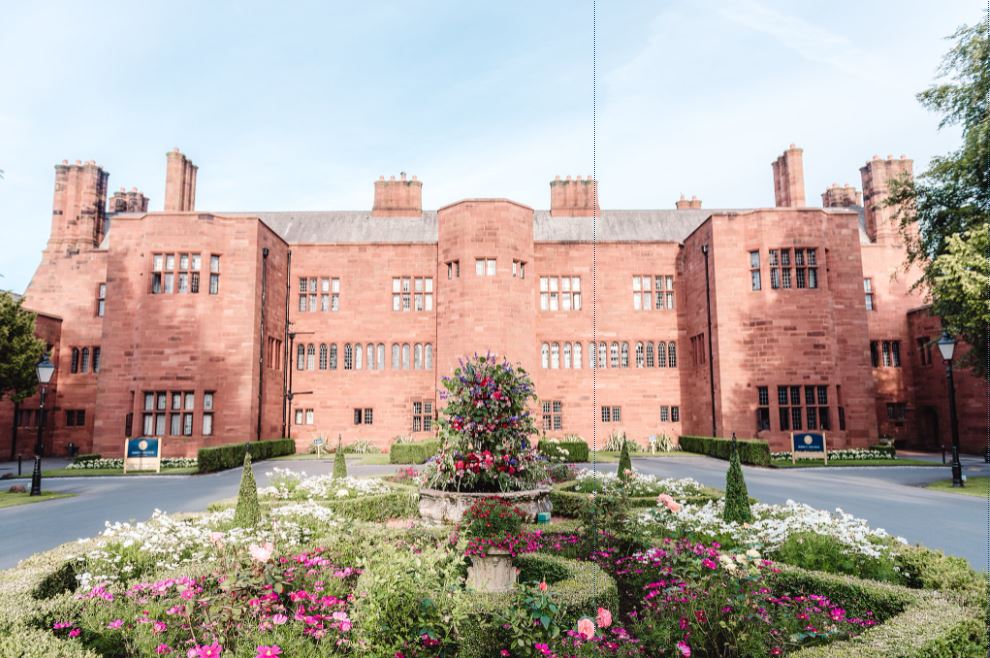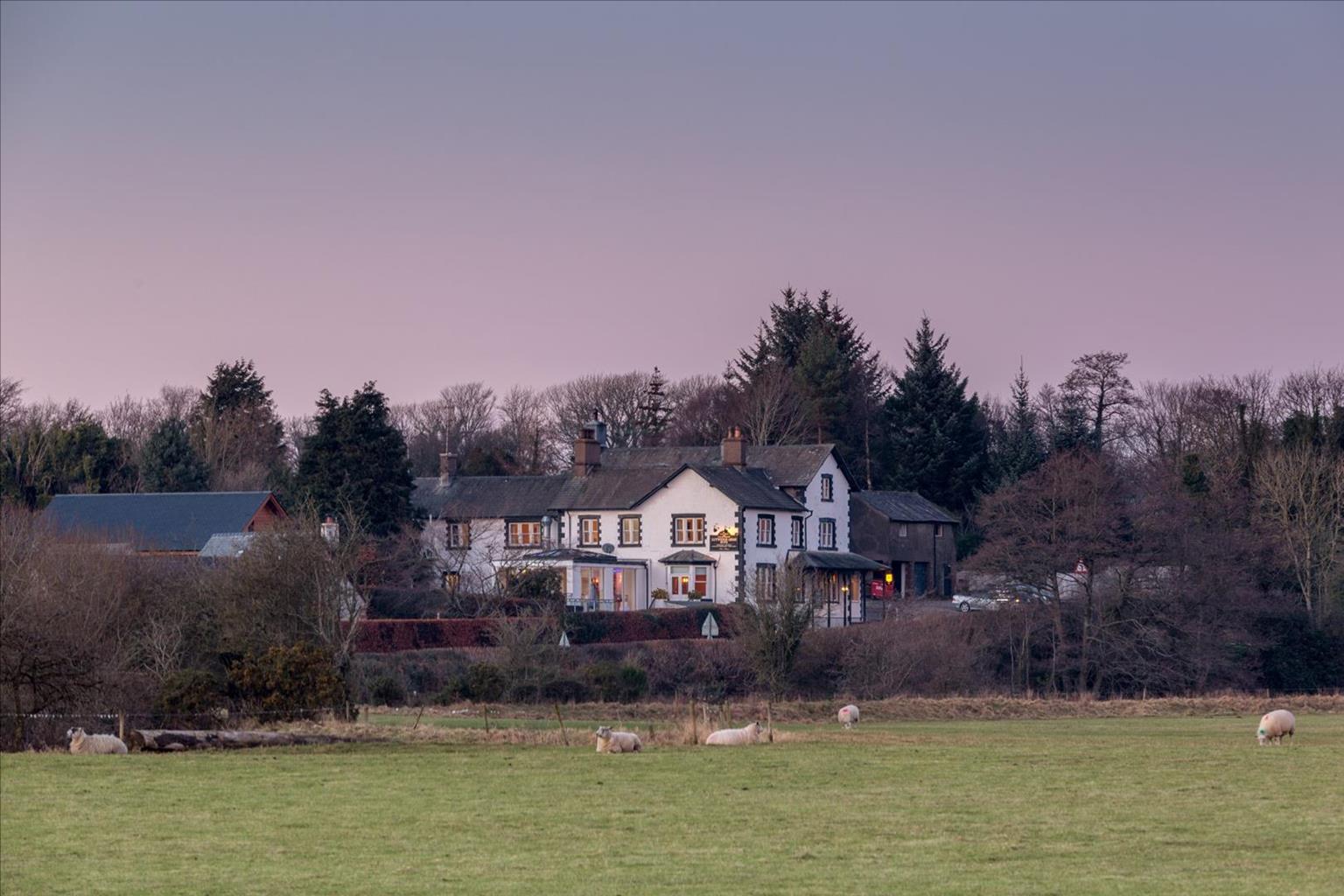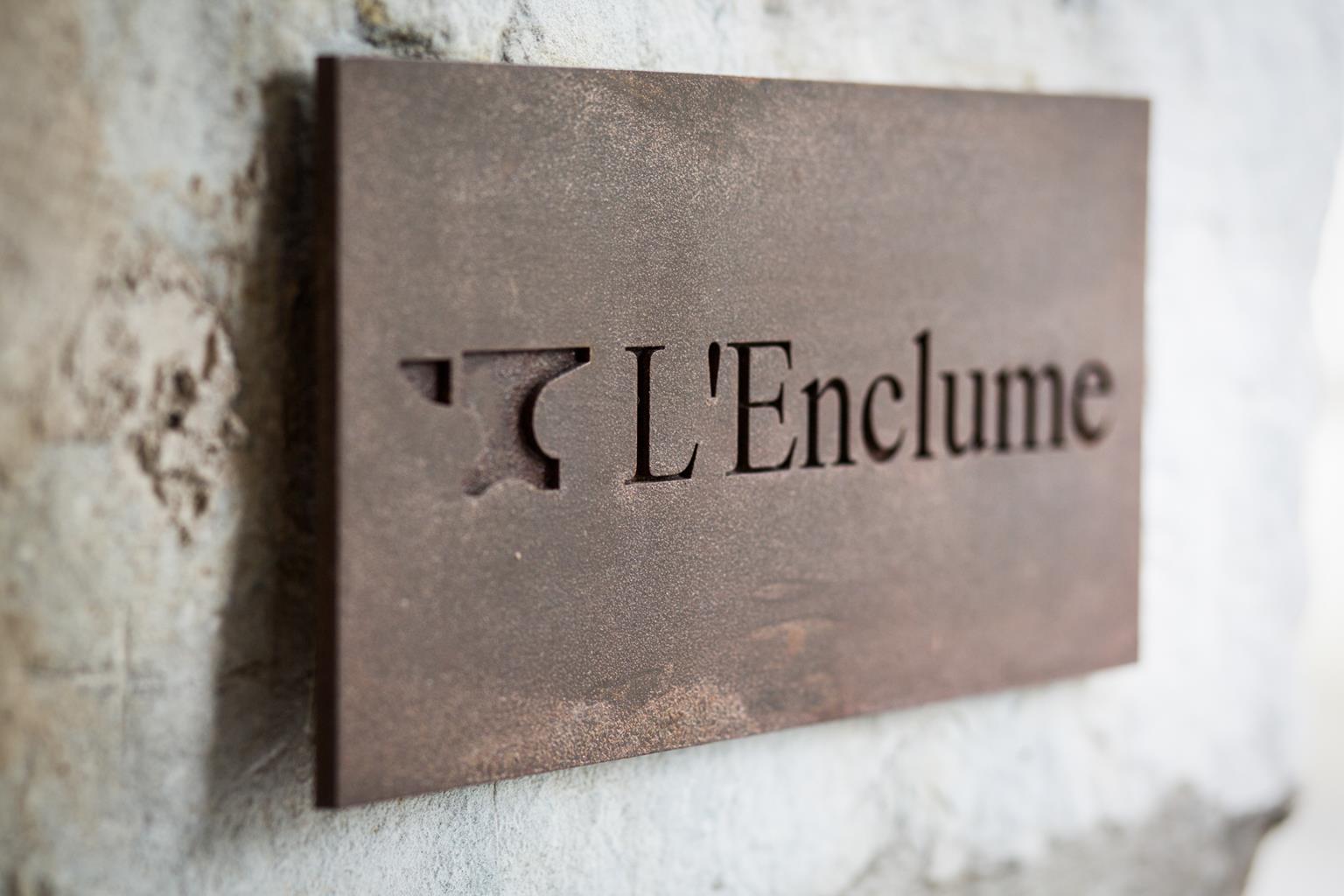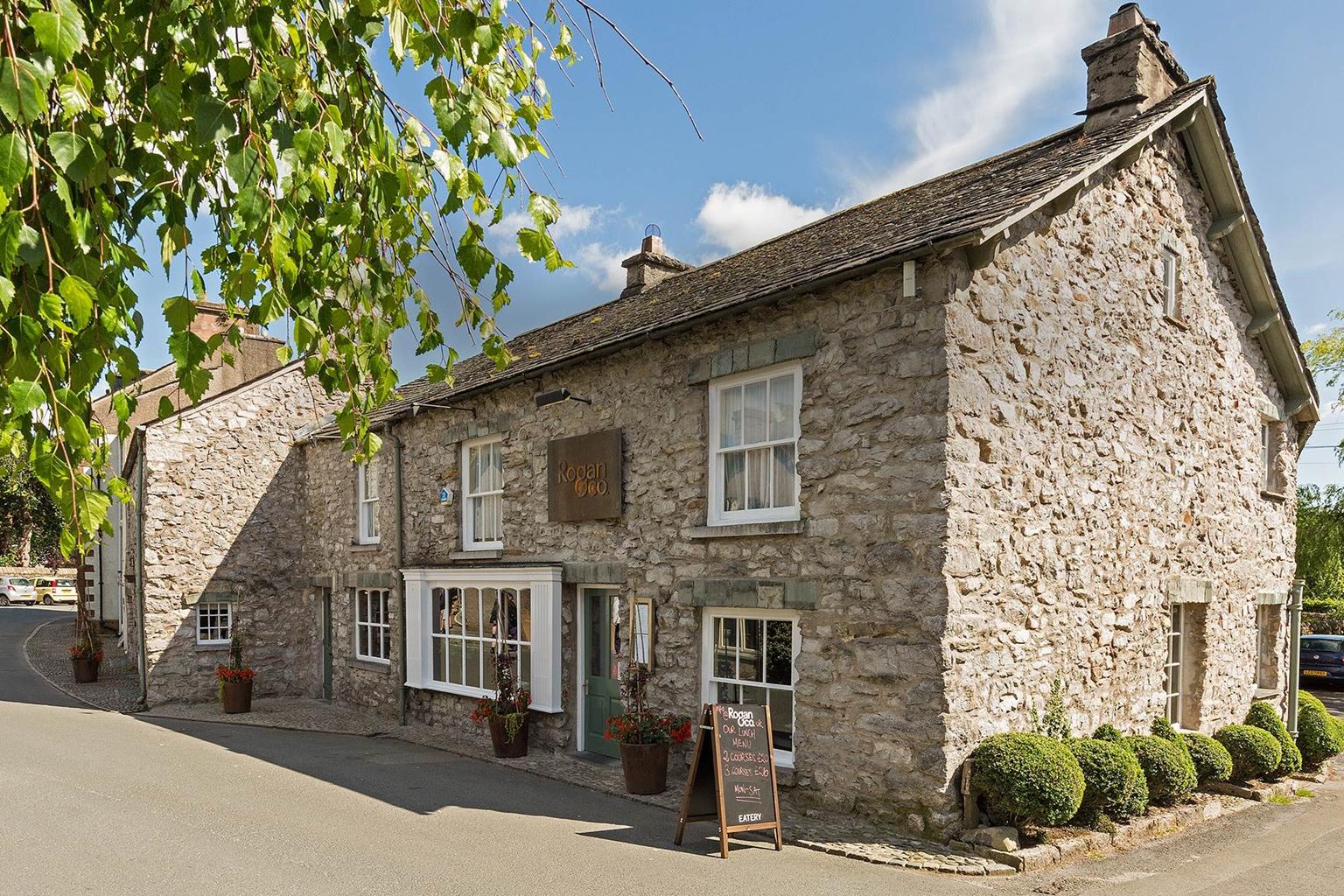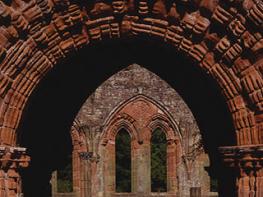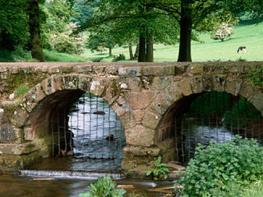A bright, airy and stylish interior for up to 5 guests, open views and a lovely dog-friendly…
Climbing Black Combe

Climb out on a limb, far removed from the higher Lakeland fells.
8.5 miles (13.7kms)
About the walk
Black Combe truly dominates this quiet corner of the Lake District. Its steep slopes rise to a domed summit (1,968ft/600m) that often wears a woolly cap of cloud. Moist air rising from the Irish Sea has to cross Black Combe before reaching the higher fells, so tends to leave a puffy cloud tethered to the summit as water vapour starts to condense. Bear this in mind when attempting the climb; the whole idea is to enjoy the view from Lakeland’s last fell and cloud cover will confound the plan. Also bear in mind that this is one of the higher and more remote walks in this book. Black Combe is not a place to be caught out in foul weather.
William Wordsworth commented on the view from Black Combe, claiming that ‘the amplest range of unobstructed prospect may be seen that British ground commands’ though lamenting, ‘we have seen into Scotland, Wales, the Isle of Man but alas we have still failed to see Ireland.’ Come on a clear day and you may have better luck.
Black Combe is made of friable Skiddaw slate, which outcrops around Skiddaw and also on the Isle of Man. It is the oldest exposed rock in the Lake District, belonging to the Ordovician period of 450–500 million years ago, and weathers to produce domed summits covered in patchy scree and thin, poor soil. Bracken covers the lower slopes of the fell, giving way to bilberry and heather on the higher slopes, though the summit is a delightful swathe of short green grass. Tree cover is sparse and confined to the lower slopes. Grouse, introduced for sport, flourish on the slopes along with snipe and curlew. Several streams have carved deep little valleys in the flanks of Black Combe. Millergill Beck was once used to turn a waterwheel at Whitbeck Mill. The present building, restored as a dwelling, dates from the 18th century; the dilapidated wheel last turned in 1916. Too many old farms and cottages lie derelict or disused on the flanks of the hill, victims of wavering farm economies, and Black Combe is one large sheep-grazing range today.
Walk directions
From the car park at Whicham church, walk along the walled path between the church and the old school to a lane. Turn left to walk up behind Kirkbank. At a bridleway sign, turn right onto the open fell.
The fellside is covered in bracken, but a broad, grassy path leads straight up a little valley. Avoid a path climbing steeply to the left. Towards the top of the valley, bracken gives way to grass and bilberry. Behind you, coastal views are developing nicely, stretching beyond Millom to the Furness Peninsula.
The broad path becomes stony as it slants left across a heathery slope. Nearing the summit, the high fells of the central Lake District appear ahead. Ignoring the faint path continuing straight on, follow the clearer route that bends sharp right for the final pull to the broad, domed top of Black Combe. A trig point is enclosed by a circular wall.
You can turn around and retrace your steps to Whicham, or enjoy a fine circuit around the fell. Head northeast from the summit and you’ll soon pick up a reasonably clear path heading in your direction. Follow this for about 250yds (230m) and then turn left along a narrow, grassy trail that broadens as it descends.
Descend to a broad heather-clad shoulder. The path swings left near an old sheepfold, then back right. The village of Bootle soon comes into view. At a fork, ignore the path dropping left (it gets too steep) and keep straight on. The path later swings left and continues down beside a fence on Butcher’s Breast, then runs by a wall, fords Hallfoss Beck and passes close to the ruined farm of Hall Foss.
Keep to the path beside the wall, fording Holegill Beck near a solitary larch. Pass abandoned Fell Cottage and cross Monkfoss Beck on a little bridge. When a fork is reached, keep left to follow a grassy path across a slope of bracken. A track leads past Whitbeck Mill, then passes scattered cottages before meeting the main road (A595) at Whitbeck church.
Turn left through a layby and go along the verge. At a footpath sign to Black Combe, go up the path a few paces then branch right on a path just above the road. Eventually it climbs away from the road and forks. Bear left here, later walking beside a wall. Continue along a track, soon passing the bridleway sign above Kirkbank. Retrace your route to the car park.
Additional information
Clear path to top, indistinct at start of descent; two significant fords on return route
Broad, open, whaleback hill covered in bracken and heather
On lead or under close control throughout
OS Explorer OL6 The English Lakes (SW)
Car park at Whicham church (with honesty box) or layby at Whitbeck church
None on route
Not advised in poor visibility
WALKING IN SAFETY
Read our tips to look after yourself and the environment when following this walk.
Find out more
Also in the area
About the area
Discover Cumbria
Cumbria's rugged yet beautiful landscape is best known for the Lake District National Park that sits within its boundaries. It’s famous for Lake Windermere, England’s largest lake, and Derwent Water, ‘Queen of the English Lakes'. This beautiful countryside once inspired William Wordsworth and his home, Dove Cottage, in Grasmere is a popular museum. Another place of literary pilgrimage is Hill Top, home of Beatrix Potter, located near Windermere. Tom Kitten, Samuel Whiskers and Jemima Puddleduck were all created here.
Much of Cumbria is often overlooked in favour of the Lake Distirct. In the south, the Lune Valley remains as lovely as it was when Turner painted it. The coast is also a secret gem. With its wide cobbled streets, spacious green and views of the Solway Firth, Silloth is a fine Victorian seaside resort. Other towns along this coastline include Whitehaven, Workington and Maryport. Carlisle is well worth a look – once a Roman camp, its red-brick cathedral dates back to the early 12th century and its 11th-century castle was built by William Rufus.
Nearby stays
Restaurants and Pubs
Nearby experiences
Recommended things to do
Why choose Rated Trips?
Your trusted guide to rated places across the UK
The best coverage
Discover more than 15,000 professionally rated places to stay, eat and visit from across the UK and Ireland.
Quality assured
Choose a place to stay safe in the knowledge that it has been expertly assessed by trained assessors.
Plan your next trip
Search by location or the type of place you're visiting to find your next ideal holiday experience.
Travel inspiration
Read our articles, city guides and recommended things to do for inspiration. We're here to help you explore the UK.

